29 March 1778 Sunday
Vases, Candelabra, Grave Stones, Sarcophagi. Tripods, Lamps and Ancient Ornaments volume II
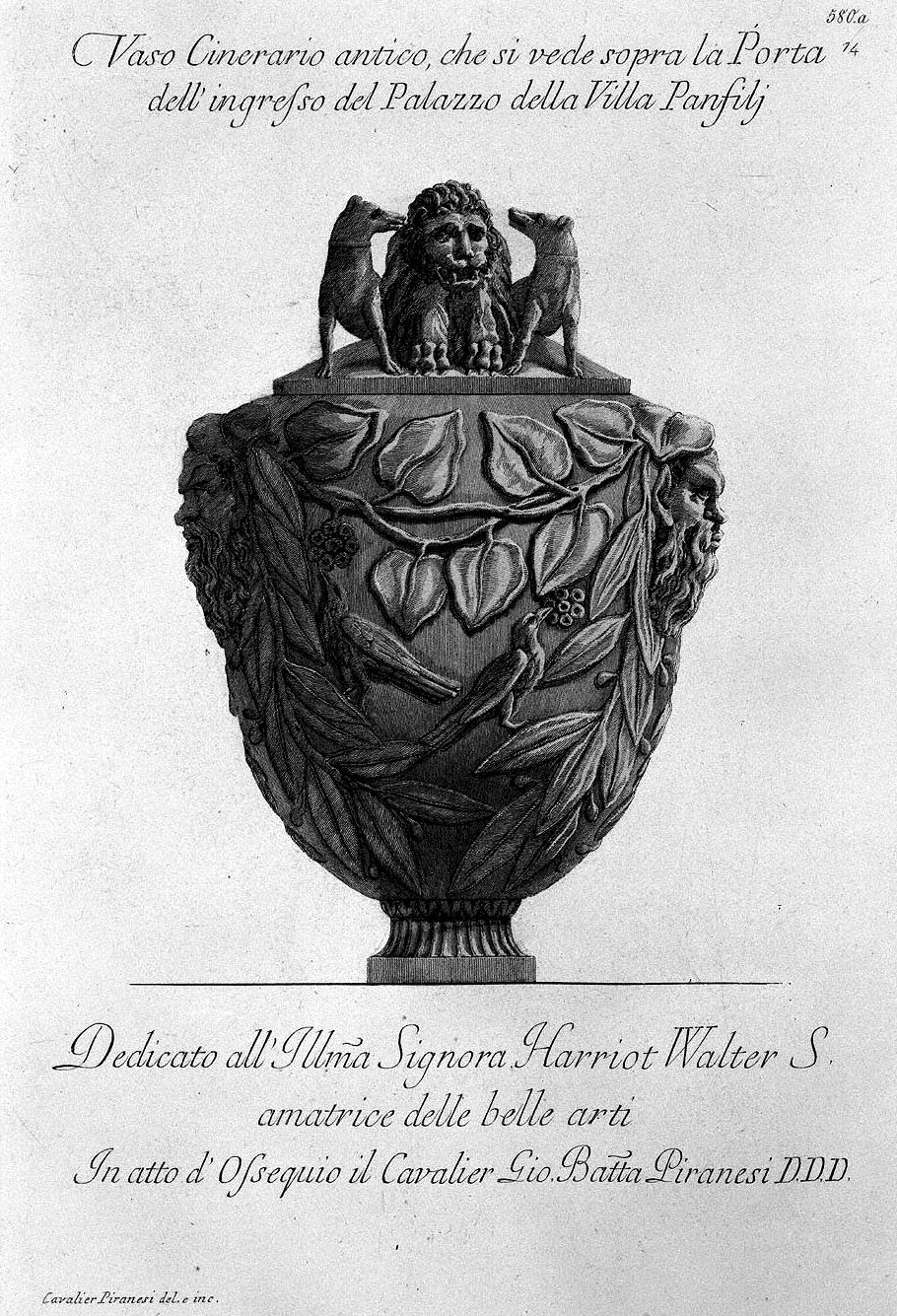
Ancient cinerary vase, which can be seen above the entrance door of the Palazzo della Villa Panfili
Dedicated to the Ill(ustrissi)ma Signora Harriot Walter S. lover of the fine arts
In deed of Obsequiousness Cavalier Gio. Batt(ist)a Piranesi D.D.D.
Cavalier Piranesi delineated and engraved
24-25 y.o. Francesco Piranesi 1783
The Girandola at The Castel Sant'Angelo
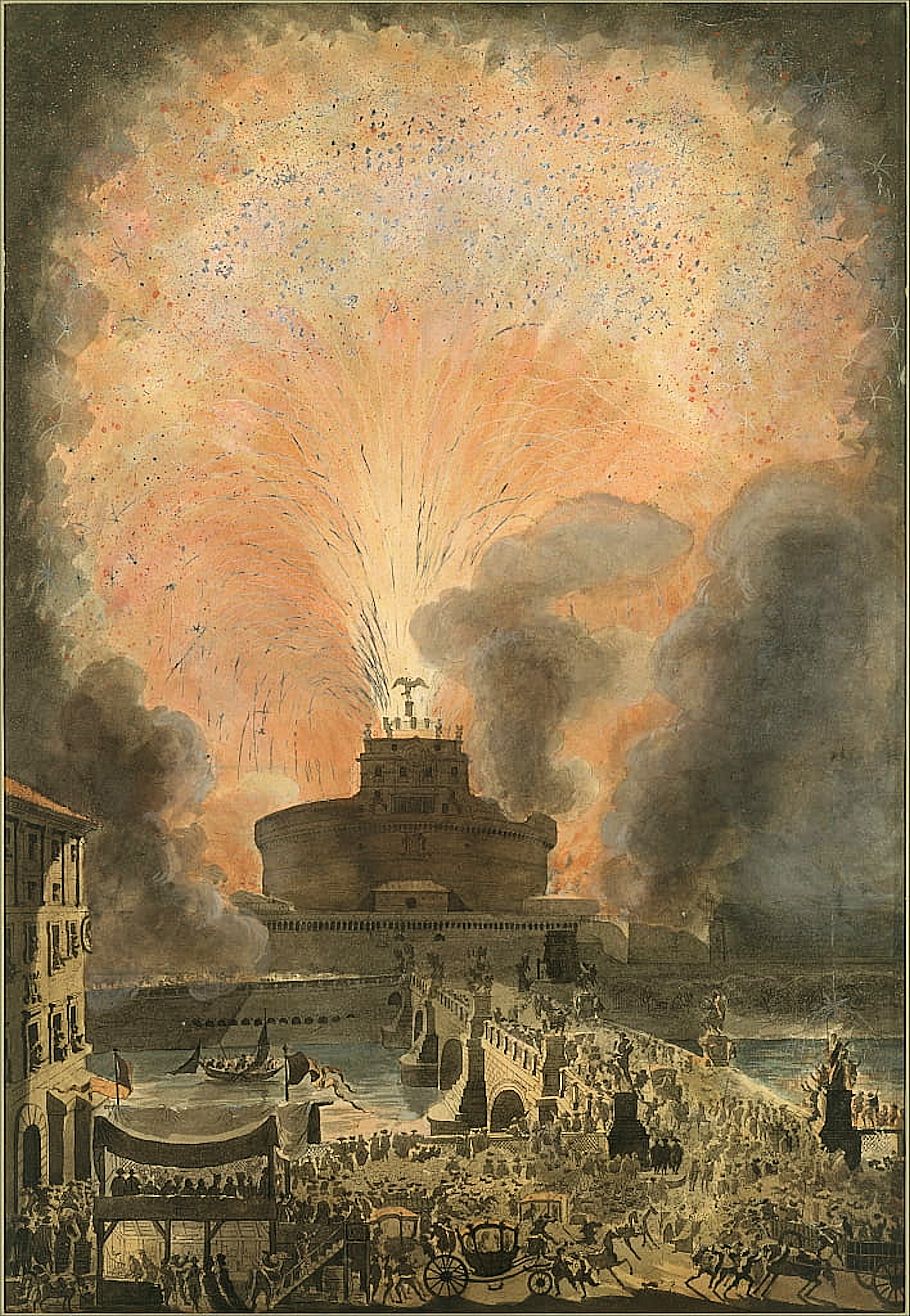
Etching by Francesco Piranesi of drawing by Louis Jean Desprez, with hand-colouring by Louis Jean Desprez.
29 March 1792
Death of King Gustav III of Sweden. King Gustav III was shot by Jacob Johan Anckarström on 16 March 1792, at a masked ball at the Royal Swedish Opera in Stockholm. The assassination attempt was part of an aristocratic-parliamentary coup attempt, but Gustav managed to assume command and quell the uprising before succumbing to sepsis 13 days later. King Gustav III was 46 years old when he died, 29 March 1792.
45-46 y.o. Francesco Piranesi 1804
Calcography of the Piranesis
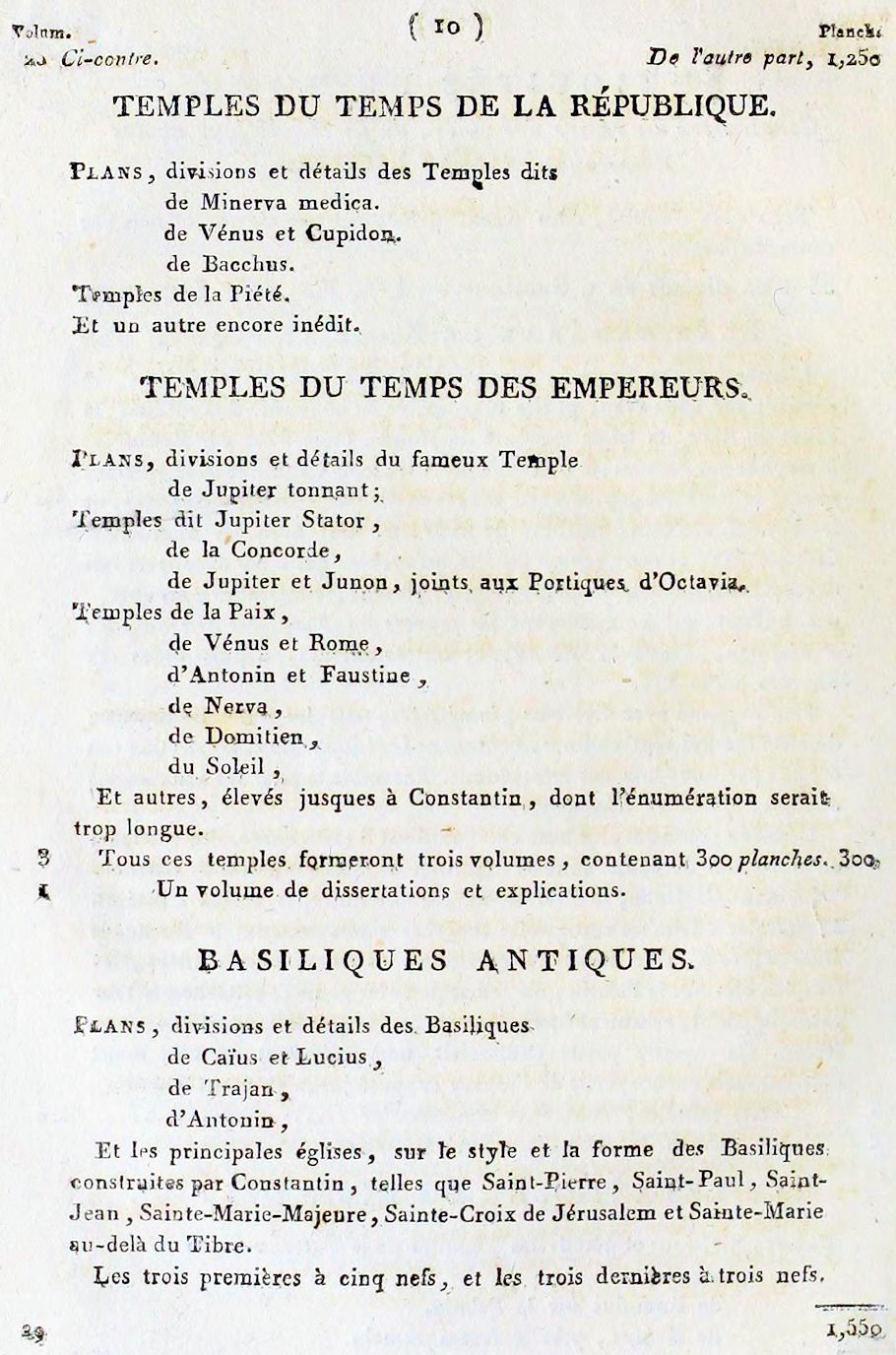
TEMPLES OF THE TIME OF THE REPUBLIC.
Plans, sections and details of the so-called Temples
of Minerva Medica.
of Venus and Cupid.
of Bacchus.
Temples of Piety.
And another new one.
TEMPLES DURING THE TIMES OF THE EMPERORS,
Plans, sections and details of the famous Temple
thundering Jupiter;
Temples said Jupiter Stator,
of Concord,
of Jupiter and Juno, joined, to the Porticoes, of Octavia,
temples of peace,
of Venus and Rome,
of Antoninus and Faustina,
of Nerva,
of Domitian,
of the Sun,
And others, brought up to Constantine, whose enumeration would be too long.
All these temples will form three volumes, containing 300 plates
A volume of dissertations and explanations.
ANCIENT BASILICAS.
Plans, sections and details of the Basilicas
of Caius and Lucius,
of Trajan,
of Antoninus,
And the principal churches, on the style and form of the Basilicas considered by Constantine, such as Saint-Pierre, Saint-Paul, Saint-Jean, Sainte-Mary Major, Holy Cross of Jerusalem and Holy Mary beyond the Tiber.
The first three with five naves, and the last three with three naves.
29 March 1812 Sunday

Morning clear. Therm. 35°. Wind NW. Thick clouds arose by 8 o'clock. The ground was frozen but the roads melted on our return from Meeting. The air piercingly cold and therm. rose but to 38°. The clouds frequently in the course of the day dropped snow in the manner of cloudy NWestern.
29 March 1979
Geometry: its internal workings, its external expression, and its meaning in architecture
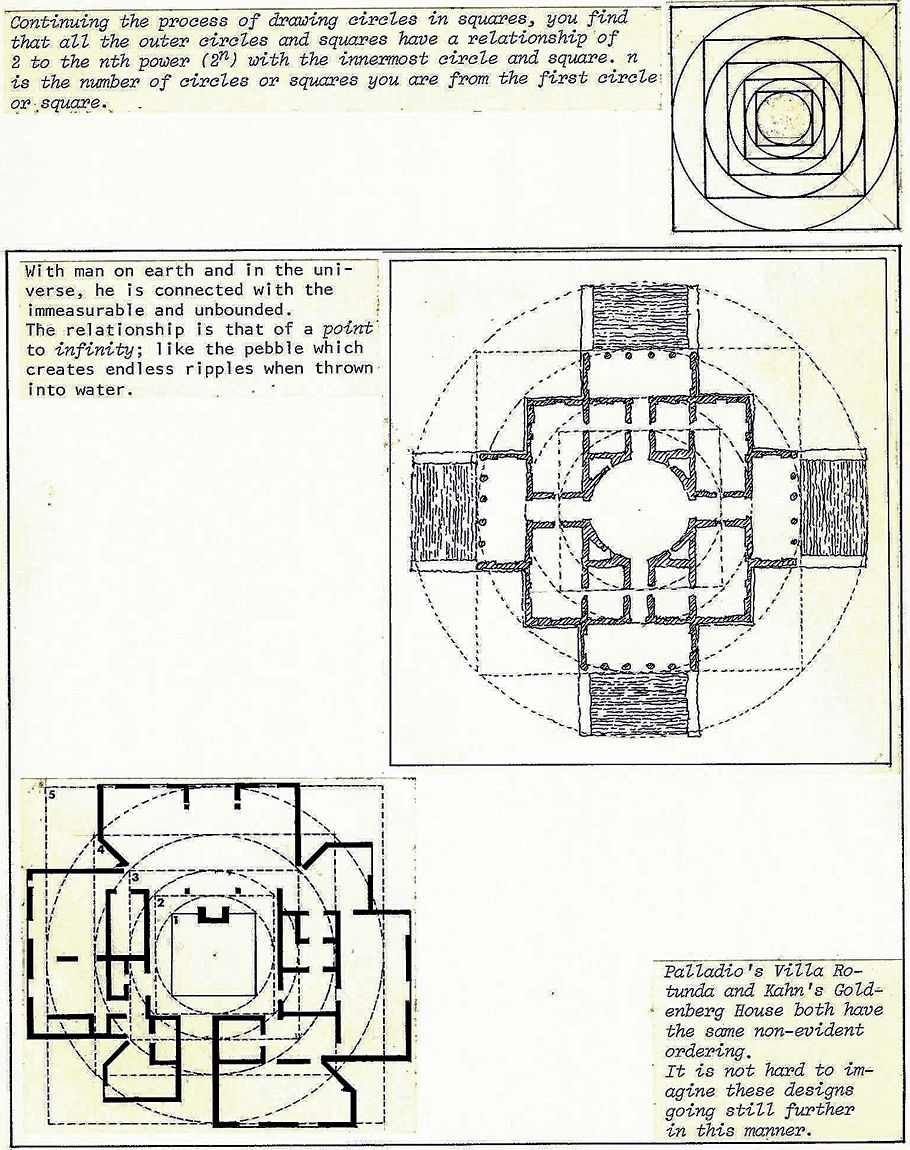
page 5/10
29 March 2002
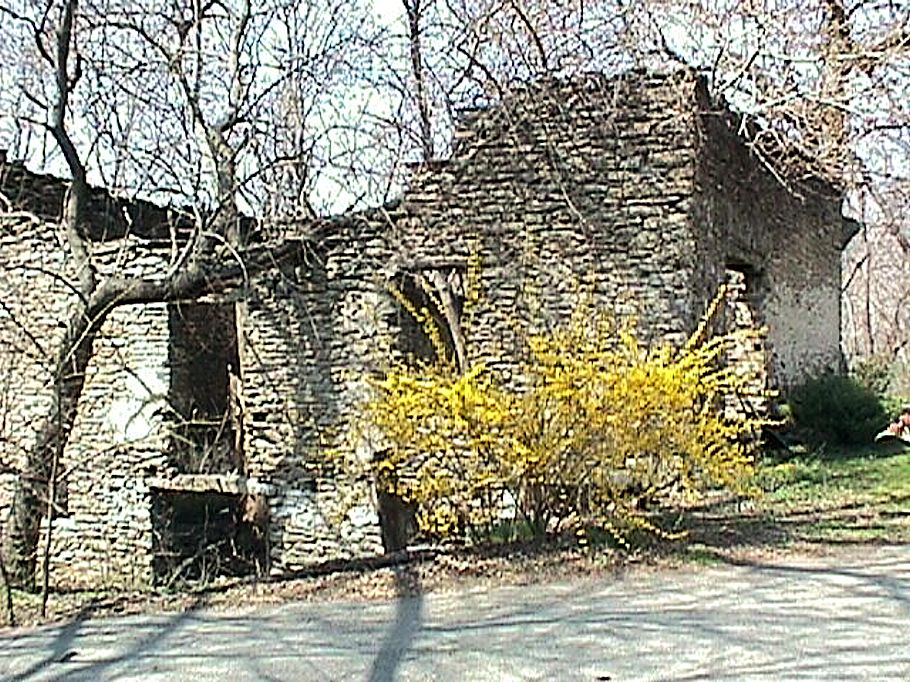
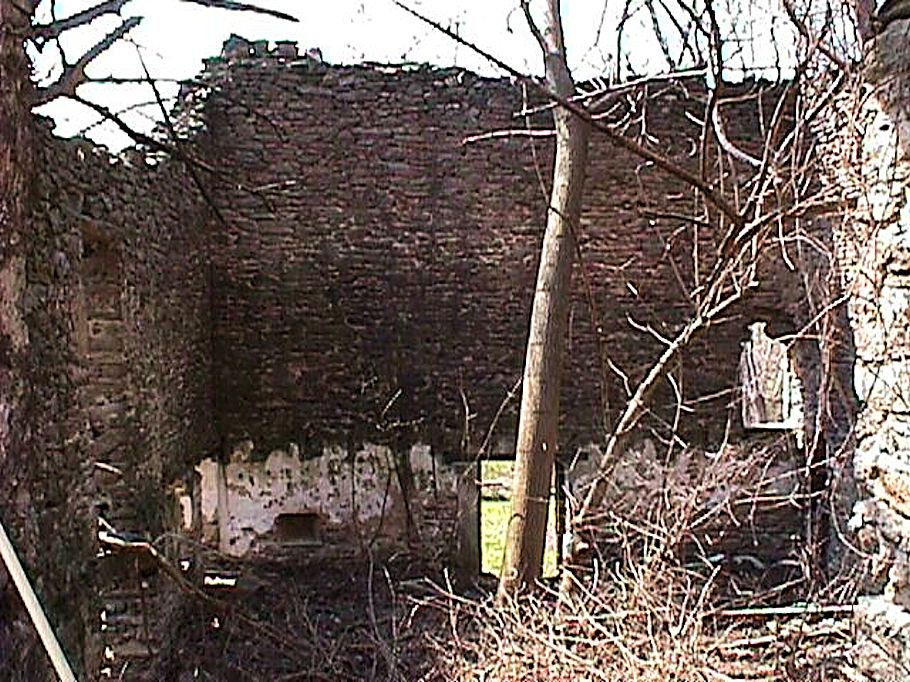
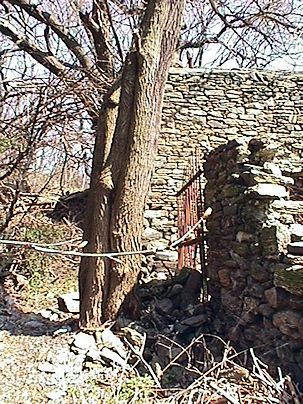 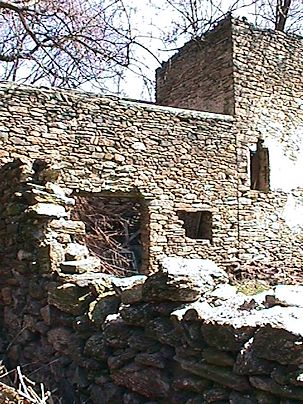 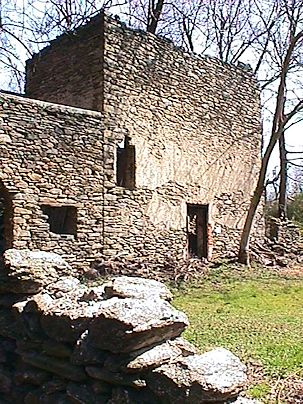
Whitaker Mills Barn (Tacony Creek Park, Philadelphia, PA: c 1813).
I finally got around to taking pictures of the circa (post) 1813 substantial stone barn remains of the now gone Whitaker Mills compound at Tacony Creek and Tabor Road, Philadelphia. Within a few weeks, this somewhat majestic structure will again be almost completely covered by vegetation. Despite this barn's age and its probably being the only such stone structure left in Philadelphia, it nonetheless will likely sometime in the future be purposefully demolished by the Fairmount Park Commission (with the reason being its potential liability as a safety hazard). My picture taking is perhaps the only preservation this 'historic' structure is ever going to receive.
29 March 2007
Theory Part II - Doing What I Said I Would Do...
765, you'll have to read A Quondam Banquet of Virtual Sachlichkeit parts I through III, although "Sketches cum Napkins" in Part II is the most Campo Marzio concentrated chapter.
I saw Rem at Outback Steakhouse.
Orhan, thanks for the update. My mind is full of weird bits of information from long ago that I now sometimes wonder whether I just dreamed the stuff or not. The Gehry-Dennis Hopper House(s) is a case in point. Although I haven't been there since the 1980s, I like the whole LA area and scene. I always thought, though, that if I stayed there too long then the big one would hit--just had the feeling that me and LA is like a cocktail for catastrophe. While I was flying home from LA August 1986 one plane hit another plane in the sky nearby. One of the planes was a Mexican Airliner, I think. Maybe you remember. Or maybe I just dreamed it up. Who knows?
I saw Rem at Outback Steakhouse.
Orhan, thanks again. Now what was the name of that early Morphosis designed restaurant in Venice? I can picture it (I remember a pale green color), but I can't think of the name. Passed it on the way to Gehry's Rebecca's.
29 March 2012
Re: Traditional Architecture
If ours is "an era of decadent, mass-produced, Orwellian mendacity about everything our culture is or aspires to be," then isn't that what our architecture should reflect?
29 March 2013
Is drawing dead?
...you just wrote something that uncannily relates to how I see my designing via CAD as different from how architects are generally taught to design. From virtually the very beginning, now 30 years ago, CAD has indeed made me want to "design by quickly throwing something together," and it's not to be fast and done, but to be that confident and actually good.
29 March 2014
29 March
Read this morning from “A Conversation with Elia Zenghelis” in Log 30:
CD: Charles Jencks called the Sphinx surrationalist architecture. Not surreal, but surrational. For Jencks, surrationalist was a neologism for the reunion of real urban function and existing urban fantasy. Was the Sphinx a union of function and fantasy, and did that make it surrationalist, as opposed to pure rationalism?
EZ: Charlie [Jencks] is a whiz-kid of isms and it is best left to him to decide on them. We were neither advocating nor opposed to any isms, but we did not adhere to any either—and Charlie’s would not be an exception. Equally, we were not necessarily opposed to pure rationalism; we just did not adhere to it. And we were certainly not against modernism, which we saw as an unfinished chapter.
Here we enter a whole discussion about “trends” and “factions.” I always feel uncomfortable with classifications. I disagreed with trends that searched for “newness,” as I believed there was nothing new to be discovered. For example, Archigram rejected rationalism as it had evolved, and they were moving away from what they saw as indoctrination, which they considered boring. In adopting a pop imagery, they were celebration consumerism.
But to go back to your question about the surrational: we did find surrealism inspiring for our purposes, as it inverts architectural drawing with a substitute reality, with hidden promises that are enigmatically calm and motivating. In the case of Dalí, what is often seen as cheap sensationalism is explained in The Secret Life of Salvador Dalí as the product of memory and moments of boredom. When children get bored they resort to imagination, they invent. Dalí recalls the walks that his nanny would take him on along the coast of Cadaques, where he grew up. The nanny would sit on the beach, ignoring him. In his intense boredom, Dalí would see a window carved out of her fat body, and inside that window, a fantastic and hallucinatory landscape would emerge that would mesmerize him. And there is an exact painting of this description. He also describes his memories as a growing embryo in his mother’s womb. It’s all beautifully described in a chapter about “intra-uterine memories.”
So I suppose what Charlie calls surrationalism could be an application of the same method to the processes of rationalism: a method by which a window of fantasy opens onto the landscape of reality.
- - - - -
What strikes me most from within the above passage is Zenghelis saying “as I believed there was nothing new to be discovered.” I met Zenghelis at the 'Inside Density’ symposium, Brussels, November 1999—I presented a paper on Piranesi’s Campo Marzio and Eleni Gigantis, Elia’s wife, presented a paper after mine. We all met after presenting our respective papers, and the first thing Zenghelis said to me was, “You showed something new!”
He was referring to this . . .
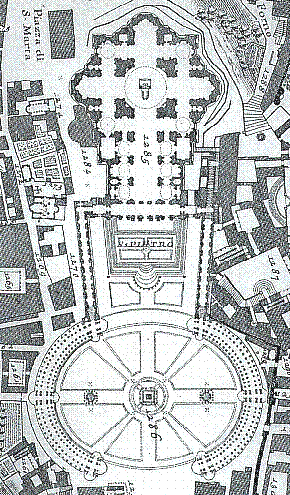 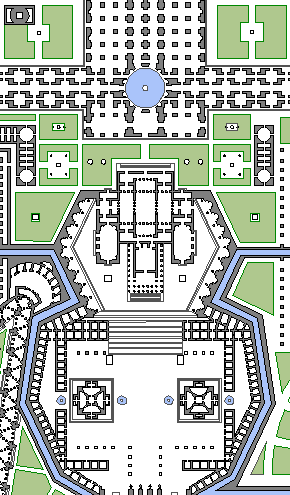
29 March 2016
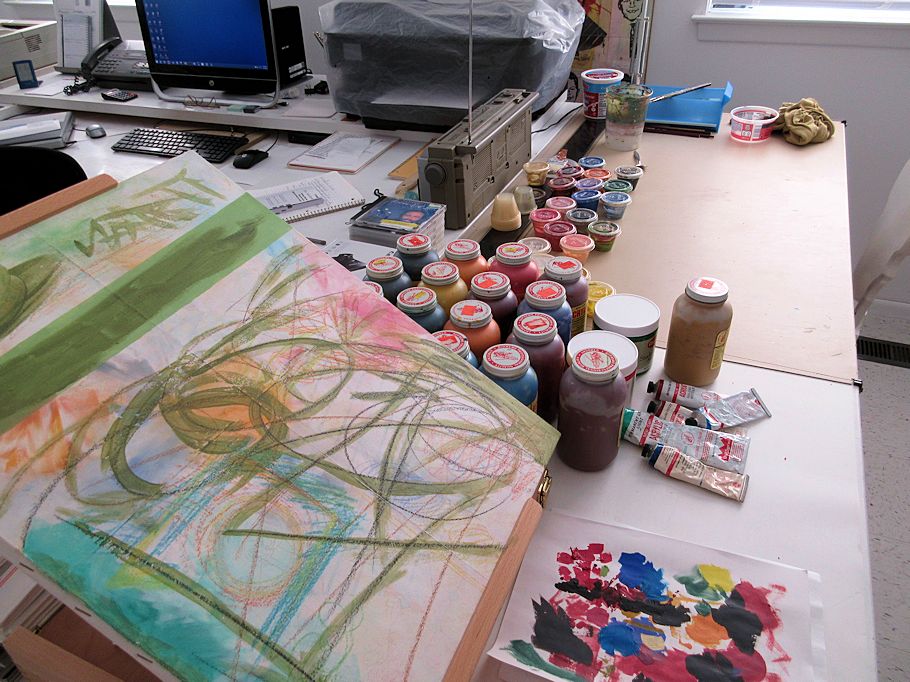
29 March 2021
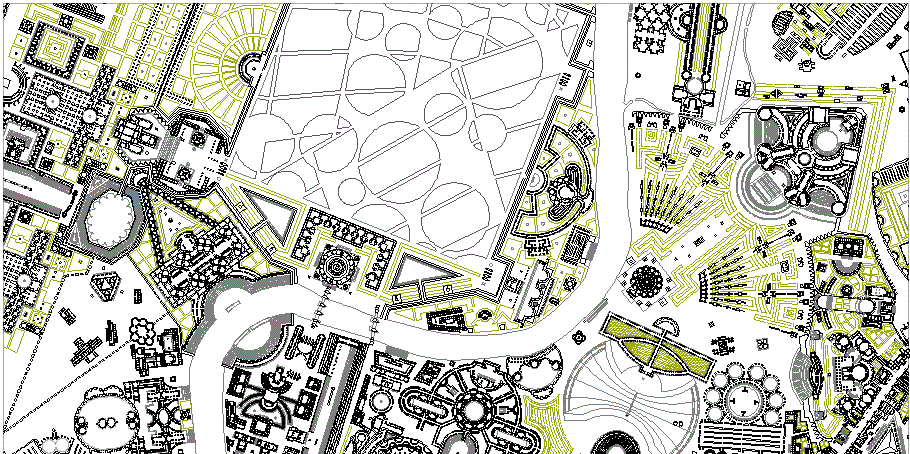
icm iqq19 plus ultra garden of satire apraksin @ bustum hadriani plans
29 March 2023 Wednesday
Remembered an obscure passage from Vincenzo Fasolo's "Il Campomarzio di G. B. Piranesi, which I reread last weekend:
"As a generator of forms, as a constructing architect, he shows his abilities in the reconstruction and renovation of the church of S. Maria del Priorato. It is a work done in the maturity of his 45th year, and was commissioned by Cardinal Rezzonico in 1765. For Pope Clement XIII he designed some improvements for the villa at Castelgandolfo, and a project for the apse of St. John Lateran. None of these designs were executed. The facade of S. Nicola in Carcere has recently been attributed to him by [Giuseppe] Fiocco."
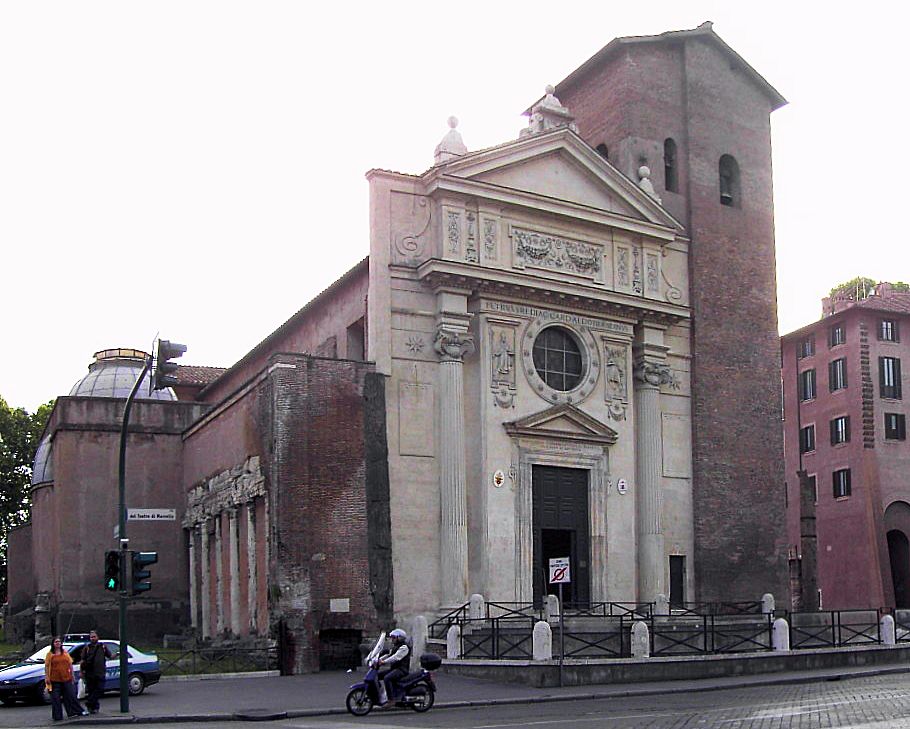
According to Wikipedia: "The church was rebuilt in 1599, with a new facade by Giacomo della Porta (though the medieval campanile - originally a fortified tower, then adapted to a bell tower after being abandoned - was not altered)." According to Piranesi, by Smith Collage of Art, 1961: "Giuseppe Fiocco, “La facciata di San Nicola in Carcere,” Palladio, IV (1954), pp. 131ff. It is not quite clear if the author wants to attribute the whole or part of the façade to Piranesi." Curious and interesting.
I have no prior knowledge of S. Nicola in Carcere; it's a fascinating aggregate of buildings in and of itself. And Piranesi marks the location of S. Nicola in Carcere, within the Ichnographia Campus Martius, with a plan of the Templ. Jani.
|